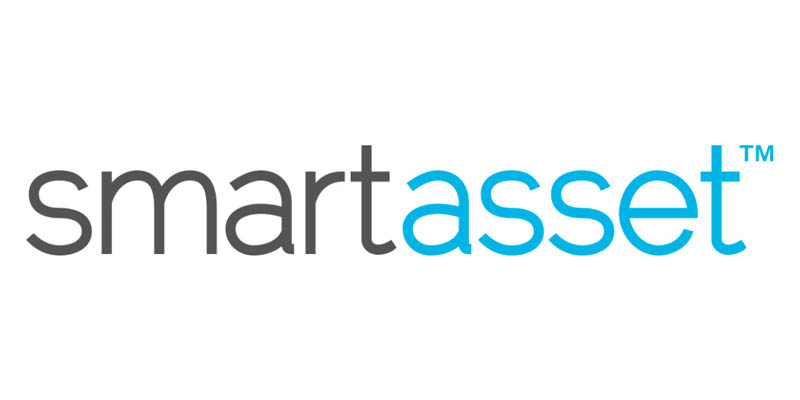A SIMPLE IRA is a Savings Incentive Match Plan for Employee IRA. It is a retirement savings account set up by employers to allow employees to make contributions to increase retirement savings. What sets a SIMPLE IRA apart from a 401(k)? Employers are required to make contributions whether or not the employees do, enabling employees with tight budgets to have some retirement savings.
Employers must make a matching contribution of up to three percent of compensation or contribute two percent of the employee’s income up to a level set annually by the IRS. The matching contribution percentage can change, but only within certain limits. The same investment, distribution, and rollover rules that govern other types of IRAs apply to SIMPLE IRAs. Employee contributions are not tax-deductible, but taxes on growth do not become due until the distribution of funds during retirement. This rule lessens the tax burden since income is usually lower in the retirement years.
Benefits of a SIMPLE IRA
For employees, there are several benefits to a SIMPLE IRA that make it very attractive as part of an employment compensation package.
- Immediate Vesting: All money in a SIMPLE IRA is 100 percent employee vested immediately, so you will not lose any of your contributions or employer contributions if you leave your job at any time. Other employer-sponsored retirement savings plans typically have a vesting period, where the employee does not own the total value of employer contributions in the account until so many years of employment.
For example, profit sharing or a 401(k) plans allow employers to set vested time requirements for their contributions, such as 100 percent vested after five years of employment. Leave your job before five years, and you are entitled to your contributions and the gains associated with them along with a percentage of the employer contributions and related gains.
- Employee Contributions: Like a traditional IRA, employees can choose to make contributions from each paycheck which their employer is required to match or make nonelective contributions.
- Higher Contribution Limits: SIMPLE IRAs have higher contribution limits than Roth IRAs or traditional IRAs, so savings grow faster. There is also a catch-up option for additional contributions if the employee is over age 50.
- Guaranteed Employer Contributions: Employers are required to match employee contributions at a certain level or make contributions even if an employee does not make any contributions of their own. This rule is particularly helpful for young employees on tight budgets and older employees who may be facing tightening budgets with rising medical costs.
Rolling Over a SIMPLE IRA
Changing jobs by choice or due to a layoff is just part of life. It is a common occurrence, and IRS rules allow for changes in employment without harm to the investor. SIMPLE IRAs have some unique requirements that may affect how and when you move your money. However, SIMPLE IRA assets cannot be rolled over or transferred to a different type of plan within the first two years after establishing the account. Rollovers or transfers are allowed to a new SIMPLE IRA during that time. Employees can leave their SIMPLE IRA at the same financial institution used by the employer, or they can move the SIMPLE IRA to a new financial institution. If an employee chooses to take an early distribution rather than rolling over the funds, there is a 25 percent penalty for early distributions within the first two years of the establishment of the SIMPLE IRA.
Once your SIMPLE IRA has passed the two-year mark, it can be rolled over into another employer’s retirement plan or another type of IRA. However, it bears noting that rolling over to a Roth IRA may require you to pay taxes on gains in the account. If you choose to take early distribution once your SIMPLE IRA is over two years old, the penalty drops from 25 percent to 10 percent.
SIMPLE IRA Contribution Limits
SIMPLE IRA contribution limits are subject to change each year depending on government regulations. Current contribution limits have not changed since 2015. For 2018, workers cannot exceed contributions of $12,500 annually to their SIMPLE IRA plans. However, workers over the age of 50 at the end of 2018 can make an additional catch-up contribution of up to $3,000 each year. It is important to note that if you participate in more than one retirement plan, you may be subject to total retirement investment caps.
Withdrawing SIMPLE IRA Funds
Some retirement plans allow withdrawals, called distributions, starting at age 55 without penalty. However, SIMPLE IRAs require that the owner to be 59½ before they can begin withdrawing money without penalty. Also, regardless of owner age, a 25 percent penalty applies if the SIMPLE IRA is less than two years old.
Some situations allow for early withdrawals:
- The SIMPLE IRA owner dies or becomes completely and permanently disabled.
- The monies are used to pay for certain qualifying education costs.
- The SIMPLE IRA owner agrees to make a series of withdrawals over his or her expected lifetime in “substantially equal payments.”
- Up to $10,000 can be withdrawn to use for a first-time home purchase of the IRA owner or a relative.
- The withdrawal is made to pay an IRS tax levy.
- Hardship withdrawals used to pay substantial medical expenses not paid by insurance or with other income.
- Funds can be withdrawn to be used to pay for health insurance premiums during a time of unemployment.
- The SIMPLE IRA owner is a qualified military reservist and called to active duty.
Bottom Line
SIMPLE IRAs are ideally suited for start-ups or small businesses to give their employees a way to save for retirement. Unless you expect to begin distributions from your SIMPLE IRA within two years of its creation, this retirement savings account is a great way to be 100 percent vested in your employer-sponsored retirement plan quickly. The catch-up contribution rule is also beneficial for employees over age 50 who wish to bulk up their savings rapidly with additional contributions. However, because employees can not take loans from SIMPLE IRAs as can be done from some other retirement plans, this type of account may not be the best option for those with unstable financial situations.



